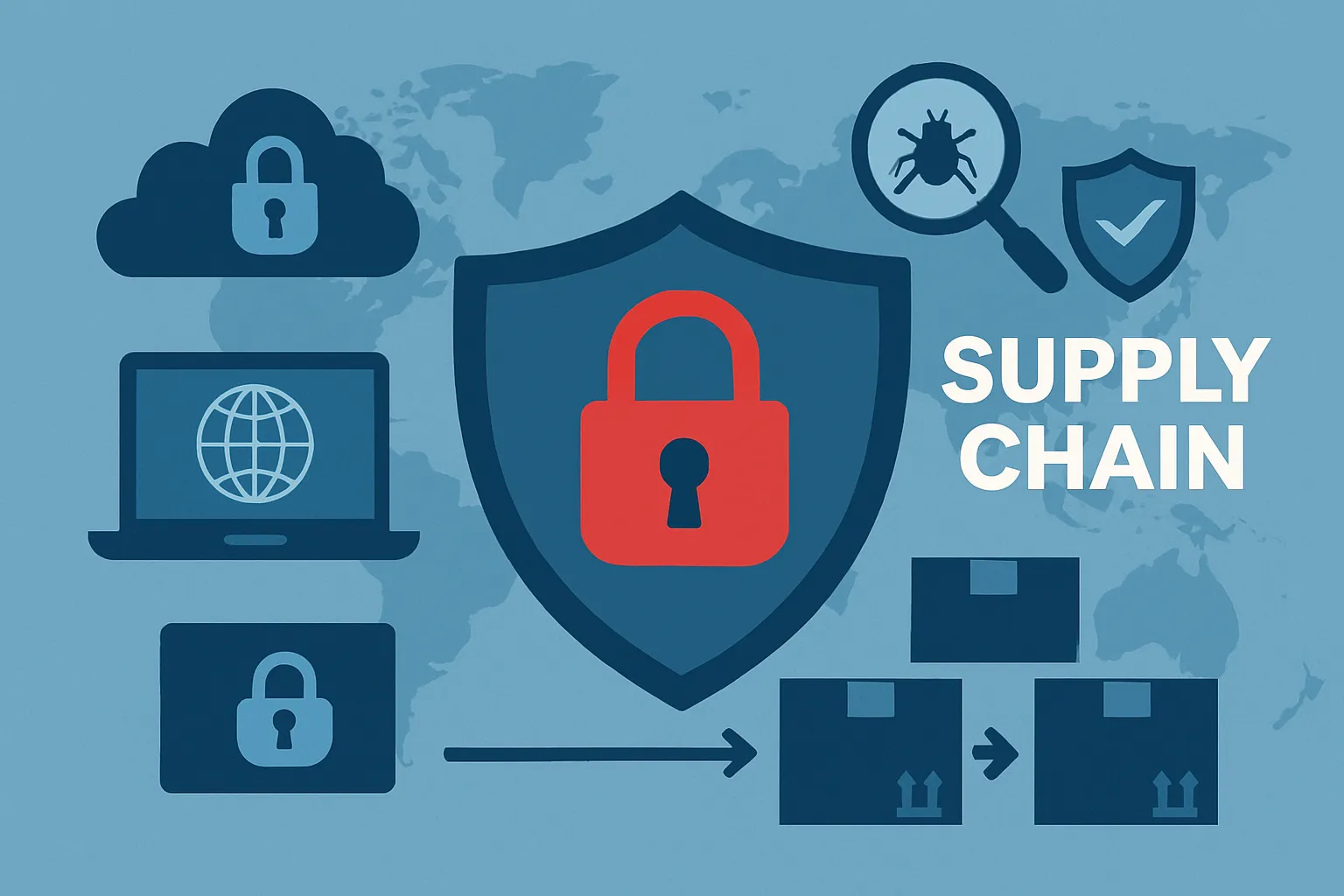Silent Saboteurs: The Alarming Reality of Supply Chain Attacks
The smooth operation of modern businesses hinges significantly on their supply chains, which intertwine various industries and global markets. However, these crucial networks are also prime targets for cyberattacks, posing a grave threat to organizational security and consumer trust.
What is a Supply Chain Attack?
A supply chain attack, also known as a value-chain or third-party attack, occurs when attackers infiltrate a system through an external partner or provider with access to systems and data. This method often exploits the trust relationship between businesses and their suppliers. By compromising software, hardware, or services before they are delivered to the customer, adversaries can breach numerous victims through a single, highly-trusted source (Abnormal AI).
Cases of Troubling Consequences
One of the most alarming incidents in recent years was the SolarWinds Orion breach, where malicious code was distributed through a software update, impacting thousands of organizations globally, including U.S. government agencies (as announced by CISA). This exposure not only led to significant data breaches but also eroded trust in crucial IT infrastructure.
Understanding the Mechanics Behind Supply Chain Attacks
Supply chain attacks are meticulously planned. Cybercriminals target less-secure elements in the supply network—usually smaller companies with weaker security protocols. By initially breaching these soft targets, hackers move laterally through the network, escalating their access until reaching the main target silently and efficiently, as detailed by the MITRE Enterprise guidelines.
Preventive Measures and Response Strategies
Hardening the supply chain against such threats involves several strategic and tactical approaches. It starts with rigorous vetting of suppliers, regular security audits, and enforcing robust cybersecurity measures across the board. Techniques like restricting permissions and ongoing monitoring can drastically minimize unauthorized access and actions (MITRE Enterprise).
Organizations must also ensure rapid response capabilities. Following the SolarWinds incident, the deployment of Emergency Directive 21-01 by CISA is an example of how swift governmental reaction can help mitigate the repercussions of these attacks and shield national security (CISA).
Actionable Takeaways for Protecting Your Organization
Supply chain security is not just a matter of internal protocols but extends to every partnership and transaction. Continuous vigilance, updated technology, and collaborative security practices are essential to safeguard against these hidden dangers. Regularly updating software, limiting access based on necessity, and comprehensive training can build a resilient defense against these undercover saboteurs.
Stay Informed, Stay Secure
In the age of global supply chains, it's imperative for companies to not only guard their front door but also ensure the side doors—presented by third-party services—are well-secured against potential intrusions. This holistic view of cybersecurity is not optional but a strategic imperative in today's interconnected business environment.
